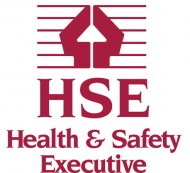In the wake of the Legionella outbreaks earlier this year, the Health and Safety Executive (HSE) has released important information for users and suppliers of water treatment systems.
From 1 February 2013 it will be illegal to sell or use water treatment systems that use elemental copper in order to add copper ions to water as a biocide. It will also be illegal to supply the copper needed for their use. Action has been taken at an EU level under the Biocidal Products Directive, because no manufacturer supported the use of elemental copper for use as biocides in these systems during a review period that ended in September 2011.
Along with this information, HSE have also produced a simple FAQ document which aims to answer any questions installers have about Legionella, the control of Legionella and monitoring systems.
APHC PR and marketing manager Charlotte Murray said: “We would like to direct all installers who use water treatment systems to this new information from the HSE. We have received queries from concerned members about Legionella control and monitoring systems so this information is a welcome development.


